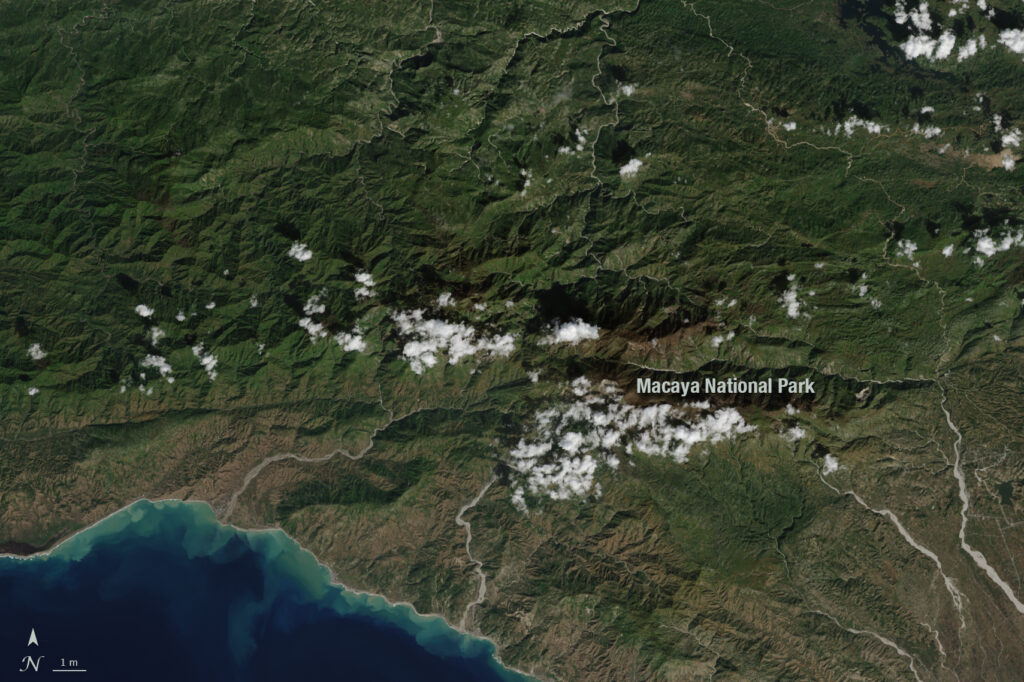By Laura E.P. Rocchio

Dr. Paul D. Lowman, Jr., an early Landsat affiliate, passed away on Sept. 29, 2011 at age 80.
Born in 1931, Dr. Lowman worked with the U.S. Army Ordinance Corps and the U.S. Geological survey before being hired by NASA in 1959. As the first geologist hired by NASA Dr. Lowman worked on pre-Apollo lunar geology. He was closely tied to the Apollo program, helping to plan the early missions while detailed to NASA Headquarters and was later involved in the analysis of lunar samples and the interpretation of Apollo 15 and 16 data.
As a geologist, Dr. Lowman was asked to review proposals for a new Earth observation satellite called the Earth Resources Technology Satellite (ERTS-1), later renamed Landsat 1. Dr. Lowman helped manage some of the early Landsat research and coauthored Mission to Earth: Landsat Views the World and the Planetary Landforms chapter of Geomorphology from Space.
Dr. Lowman created one of the earliest maps using Landsat 1 data and he authored a 1999 Photogrammetric Engineering and Remote Sensing journal article titled: “Landsat and Apollo: The Forgotten Legacy.”
Just over a year ago, in May 2010, Dr. Lowman, recounted some of his Landsat memories with the Landsat Legacy team and he explained some of the ways that Landsat has impacted the field of geology (revolutionizing our understanding of Asian tectonics, basement tectonics, and the discovery of active volcanoes).
Dr. Lowman’s Landsat Legacy interview will be preserved as part of the Landsat Legacy archive.






